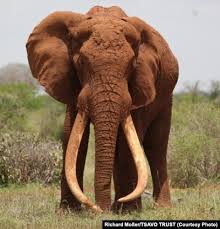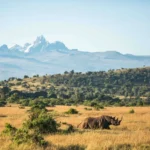Kenya’s elephants are the pride of the savannah and an essential part of the nation’s natural heritage. Sadly, poaching once pushed their numbers toward crisis. Today, Kenya protects its elephants using advanced technology, dedicated ranger patrols, and strong community partnerships that keep both wildlife and people safe.
Technology and Innovation: How Kenya Protects Its Elephants in Real Time
To stop poachers before they act, Kenya employs technology-driven solutions. Drones, satellite tracking, and GPS collars help monitor elephant herds across vast landscapes. Rangers receive real-time alerts, allowing them to respond quickly when elephants move into high-risk zones. Moreover, thermal imaging cameras used during night patrols give Kenya’s conservation teams an edge against poachers who operate under cover of darkness. Through these innovations, Kenya protects its elephants with precision and foresight.
Empowering Communities to Protect Elephants
Local communities are at the heart of every conservation success. Kenya involves villagers in patrols, education programs, and eco-tourism projects that create jobs. By turning residents into wildlife stewards, the country reduces the lure of poaching and promotes coexistence. These community-led conservancies are a major reason Kenya protects its elephants so effectively.
Stronger Laws and Global Partnerships
In addition, Kenya enforces some of Africa’s strictest anti-poaching laws, with heavy penalties for ivory trafficking. Partnerships with global conservation groups strengthen enforcement, provide training, and fund anti-poaching equipment. As a result, elephant populations have stabilized in many regions—a powerful reminder of what’s possible when Kenya protects its elephants through unity and determination.
Through innovation, education, and shared responsibility, Kenya protects its elephants and ensures these gentle giants will continue to roam freely for generations to come.


